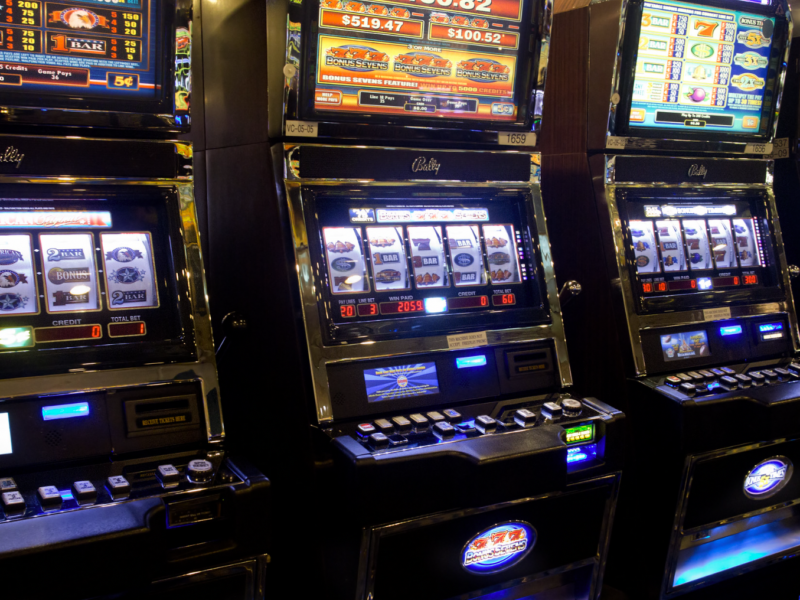The Canon EOS R6 and Sony A7 III are two of the most popular and powerful cameras on the market. But what are the differences between these two cameras?
That’s what we’ll explore in this article.
Let’s dive in.
Table of Contents
Canon EOS R6 vs Sony A7 III – Comparing the Differences
Price
First, let’s consider the budget aspect.
The Canon EOS R6 is priced in the mid-$2000s, while the Sony A7 III comes in in the sub-$2000s range.
So, the Canon EOS R6 is around $500 more expensive than the Sony A7 III.
Canon EOS R6
Sony A7 III
Sensor
When it comes to the sensor, the Canon EOS R6 has a full-frame 20.1 megapixel sensor, while the Sony A7 III has a 24.2 megapixel sensor. So, the Sony A7 III has slightly more megapixels than the Canon EOS R6.
However, what’s more important than the number of megapixels is the quality of the sensor. And both the Canon EOS R6 and Sony A7 III have great sensors that will produce high quality images.
Video Recording and Quality
Both the Canon EOS R6 and Sony A7 III can record 4K video. However, the Canon EOS R6 can record up to 60 frames per second (fps), while the Sony A7 III is limited to 30 fps. So, if you’re looking to do any high-speed video recording, the Canon EOS R6 is the better option.
In terms of video quality, both cameras are great. But the Canon EOS R6 has an advantage because it uses the entire width of its sensor when recording 4K video, while the Sony A7 III crops its 4K video.
So, if you want the best video quality possible, go with the Canon EOS R6. But if you’re looking to save some money, the Sony A7 III is still a great option.
Continuous Shooting Speed
Both the Canon EOS R6 and Sony A7 III have great continuous shooting speeds. The Canon EOS R6 can shoot up to 12 fps with its mechanical shutter and 20 fps with its electronic shutter. The Sony A7 III can shoot up to 10 fps with its mechanical shutter and 8 fps with its electronic shutter.
So, if you’re looking to do any high-speed photography, like action shots or wildlife photography, the Canon EOS R6 is the better camera. But if you don’t need that kind of speed, the Sony A7 III will be just fine.
Viewfinder and LCD Screen
The Canon EOS R6 has a 0.5-inch, 3.69 million dot OLED electronic viewfinder, while the Sony A7 III has a 0.5-inch, 2.36 million dot LCD electronic viewfinder. So, the Canon EOS R6 has a higher resolution viewfinder that will give you a better view of your subject.
The Canon EOS R6 also has a vari-angle LCD touch screen, while the Sony A7 III does not. So, if you want to be able to adjust the angle of your LCD screen, the Canon EOS R6 is the better choice.
However, both cameras have great viewfinders and LCD screens that will give you a clear view of your subject.
Battery Life
The Canon EOS R6 has a battery life of up to 310 shots, while the Sony A7 III has a battery life of up to 710 shots. So, the Sony A7 III has more than twice the battery life of the Canon EOS R6.
If you’re going to be doing a lot of shooting, or if you’re going to be shooting in cold weather, the Sony A7 III is the better choice because you won’t have to worry about running out of battery power.
Weight and Size
The Canon EOS R6 is a bit larger and heavier than the Sony A7 III. The Canon EOS R6 is 5.35 inches wide, 3.87 inches tall, and 2.72 inches deep. It weighs 1.45 pounds. The Sony A7 III is 4.75 inches wide, 2.83 inches tall, and 1.48 inches deep. It weighs 1 pound.
So, if you’re looking for a smaller and lighter camera, the Sony A7 III is the better choice. But if you don’t mind a bit of extra weight and size, the Canon EOS R6 is a great camera.
Autofocus System
The Canon EOS R6 has a Dual Pixel CMOS AF system with 5,655 selectable autofocus points. The Sony A7 III has a Hybrid AF system with 425 phase-detection autofocus points and 25 contrast-detection autofocus points.
So, the Canon EOS R6 has more than twice as many autofocus points as the Sony A7 III.
If you’re looking to do a lot of fast action photography, like sports or wildlife photography, the Canon EOS R6 is the better choice because it will be able to track your subject better. But if you’re not planning on doing a lot of fast action photography, the Sony A7 III will still be able to get the job done.
Build Quality and Weather Sealing
The Canon EOS R6 is made of magnesium alloy and has weather sealing. The Sony A7 III is made of polycarbonate plastic and does not have weather sealing.
So, if you’re looking for a camera that is better built and can withstand the elements, the Canon EOS R6 is the better choice.
But if you don’t need those features, the Sony A7 III will still be a great camera.
Memory Card Slots
The Canon EOS R6 has two memory card slots.
One is a CFexpress slot and the other is an SD UHS-II slot. The Sony A7 III also has two memory card slots. One is an SD UHS-II slot and the other is a microSD UHS-I slot.
So, if you’re looking for a camera with two different types of memory card slots, the Canon EOS R6 is the better choice. But if you’re just looking for a camera with two memory card slots, the Sony A7 III will be just fine.
Image Quality
The Canon EOS R6 has a 20.1 megapixel sensor, while the Sony A7 III has a 24.2 megapixel sensor.
So, the Sony A7 III has slightly higher resolution than the Canon EOS R6. But the difference in image quality between the two cameras will be very small.
Both cameras have great image quality and will be able to produce beautiful photos and videos.
Other Features
The Canon EOS R6 has a top LCD panel, while the Sony A7 III does not.
The Canon EOS R6 also has a built-in intervalometer, while the Sony A7 III does not. So, if you’re looking for a camera with those features, the Canon EOS R6 is the better choice.
Canon EOS R6 vs Sony A7 III – Which One is Better?
Now that we’ve gone over some of the key differences between the Canon EOS R6 and Sony A7 III, it’s time to decide which one is better.
If you’re looking for a camera with better battery life, a smaller and lighter body, or more autofocus points, the Sony A7 III is the better choice.
But if you’re looking for a camera with better build quality and weather sealing, two different types of memory card slots, or a top LCD panel, the Canon EOS R6 is the better choice.
Both cameras are great cameras and will be able to produce beautiful photos and videos. So, ultimately, the best camera for you will be the one that fits your needs the best.
Canon EOS R6 vs Sony a7 III vs Nikon Z6 II: Which Camera SHOULD You Buy?
FAQs – Canon EOS R6 vs Sony A7 III
What is the difference between the Canon EOS R6 and Sony A7 III?
The Canon EOS R6 has a higher resolution sensor, better battery life, a smaller and lighter body, more autofocus points, and a top LCD panel.
The Sony A7 III has better build quality and weather sealing, two different types of memory card slots, and a built-in intervalometer.
Which camera is better, the Canon EOS R6 or Sony A7 III?
It depends on your needs. If you’re looking for a camera with better battery life, a smaller and lighter body, or more autofocus points, the Sony A7 III is the better choice.
But if you’re looking for a camera with better build quality and weather sealing, two different types of memory card slots, or a top LCD panel, the Canon EOS R6 is the better choice.
Conclusion – Canon EOS R6 vs Sony A7 III
When it comes to specs, the Canon EOS R6 has a higher resolution than the Sony A7 III. The R6 also has a faster maximum frame rate, better autofocus, and more advanced video features. However, the A7 III has slightly better low-light performance and a higher native ISO range.
In terms of design, the Canon EOS R6 is slightly larger and heavier than the Sony A7 III. Both cameras have a full-frame sensor, but the R6 has a newly designed sensor that gives it some advantages over the A7 III.
Both cameras have a lot of features that appeal to photographers and videographers. However, there are some key differences between the two camera models.
The Canon EOS R6 has 12 fps continuous shooting with no viewfinder blackout, 8K RAW video recording, and in-body image stabilization (IBIS).
The Sony A7 III also has in-body image stabilization but only 6K RAW video recording and 10 fps continuous shooting.
So, if you’re looking for the best video quality, the Canon EOS R6 is the better choice. But if you’re looking for a lighter and smaller camera body, better battery life, or more autofocus points, the Sony A7 III is the better choice.
Ultimately, the best camera for you will be the one that fits your needs the best. So, take some time to think about what features are most important to you before making your decision.
Related
- Best Mirrorless Cameras
- What Are Mirrorless Cameras?
- What Are DSLR Cameras?
- Canon R5 vs. R6
- Canon vs. Sony Mirrorless
- Fujifilm X100F vs. X100V
- Fujifilm X-T30 vs X-T3 vs X-T30 II




